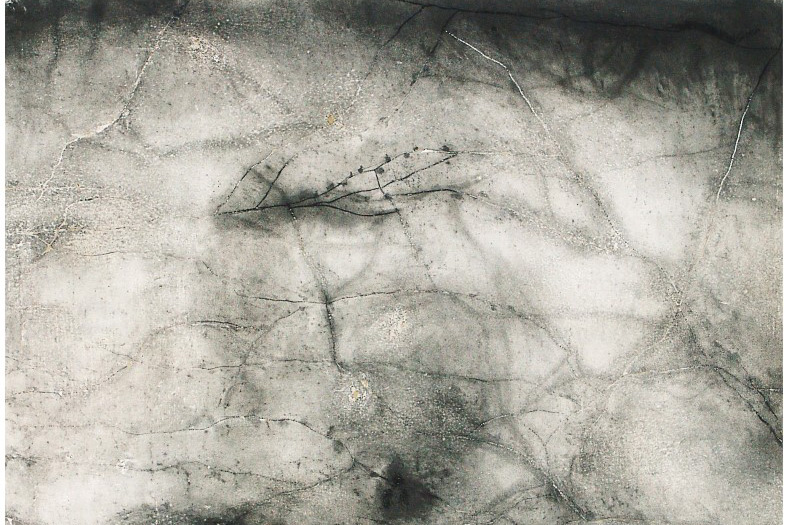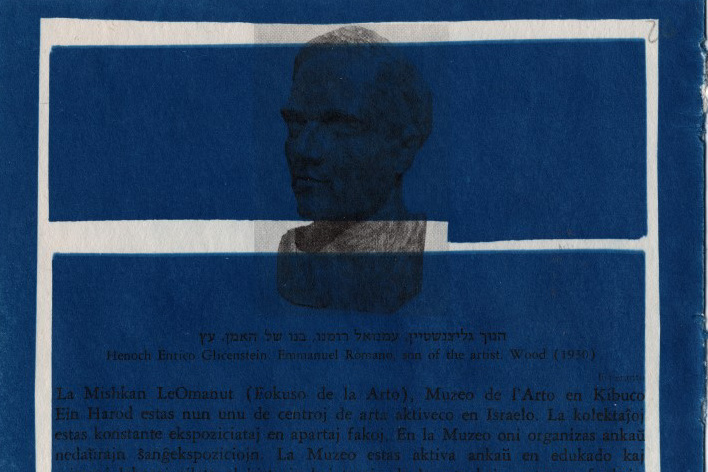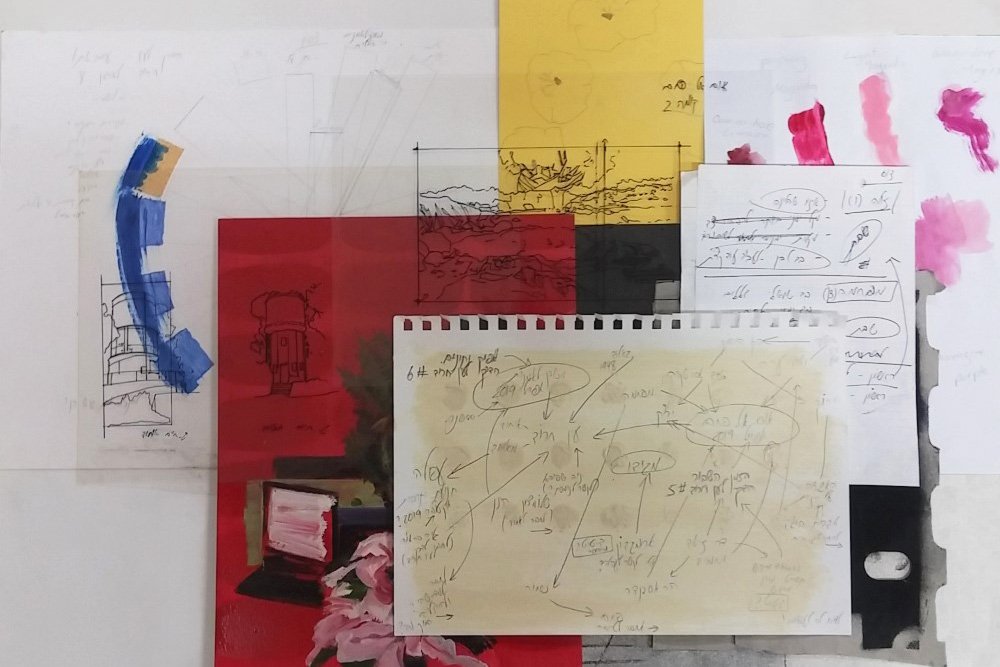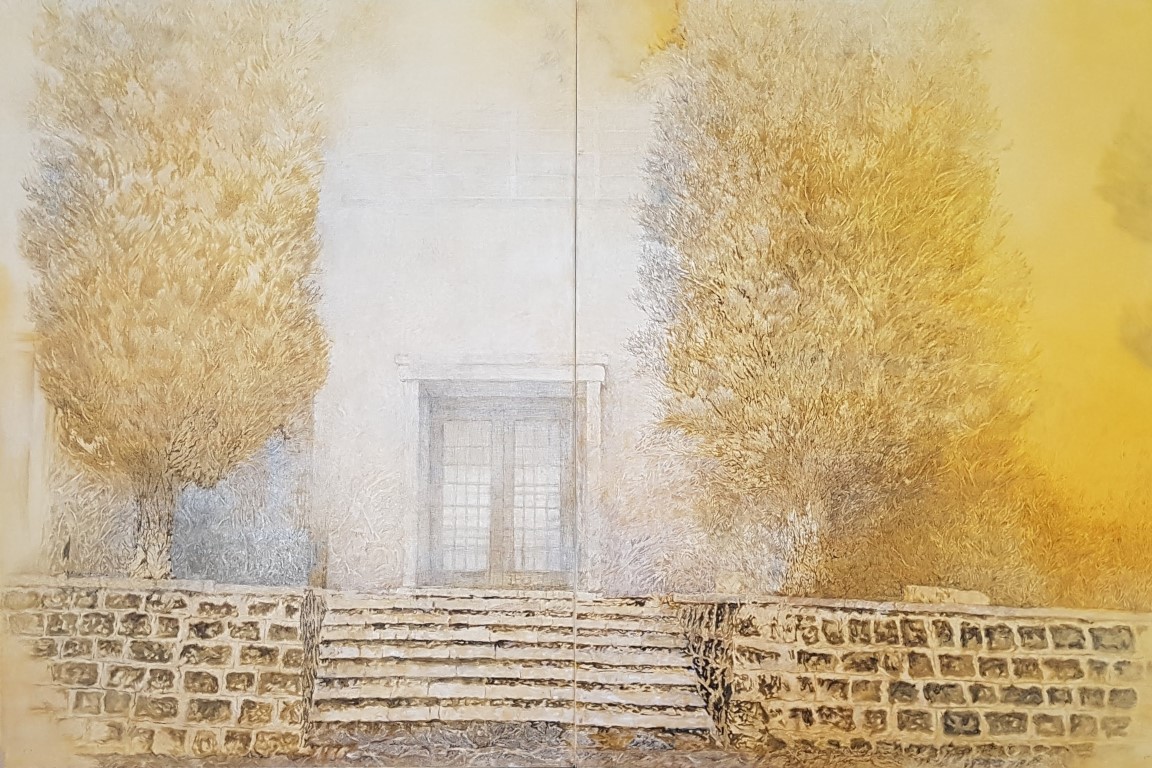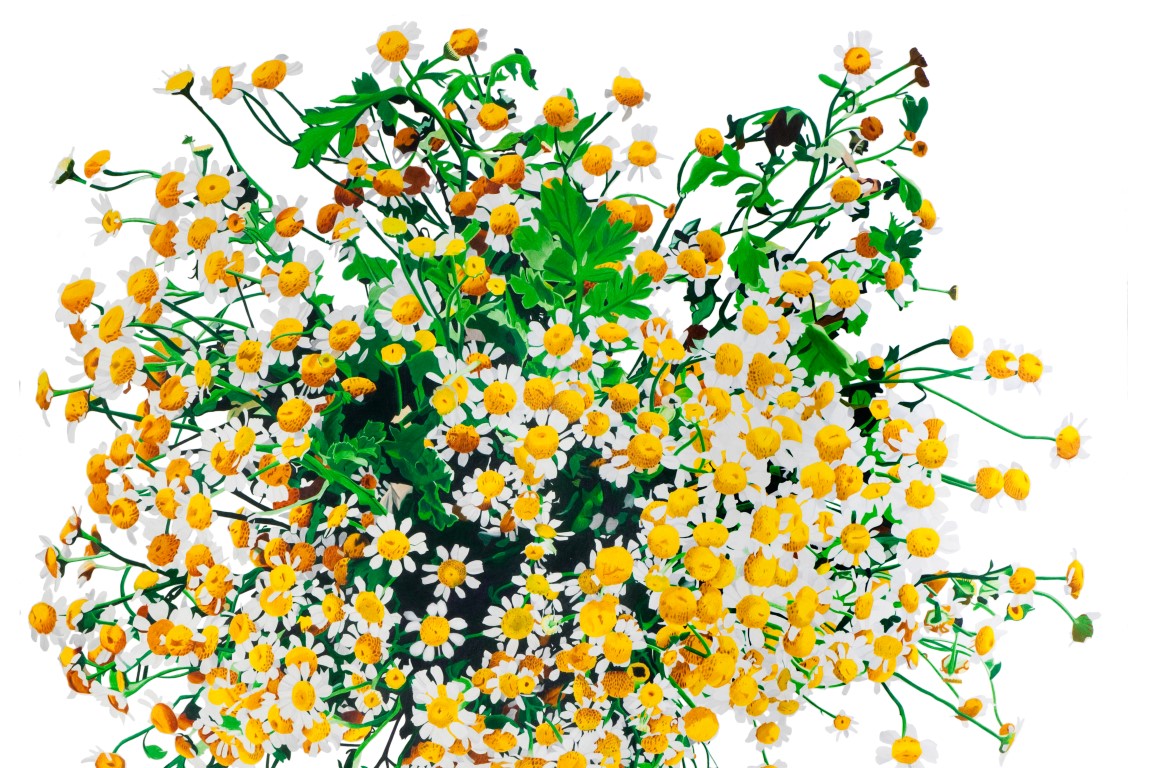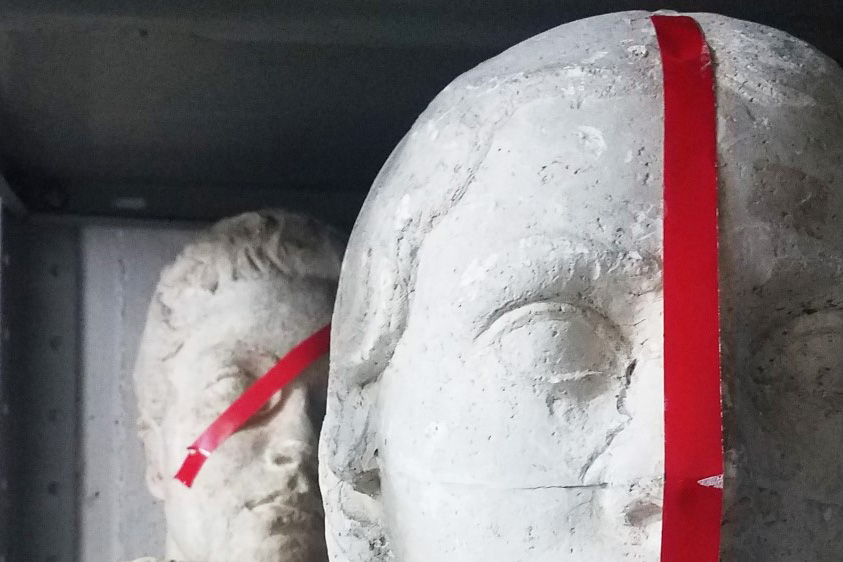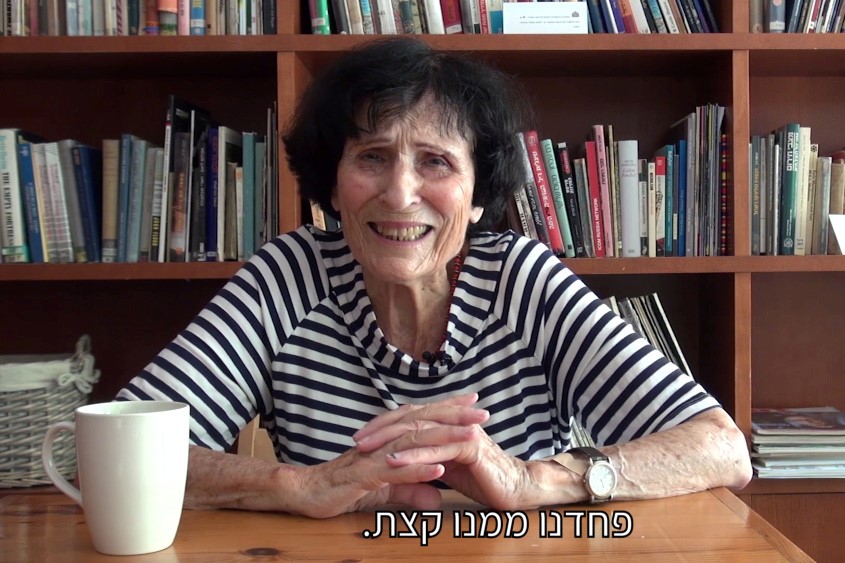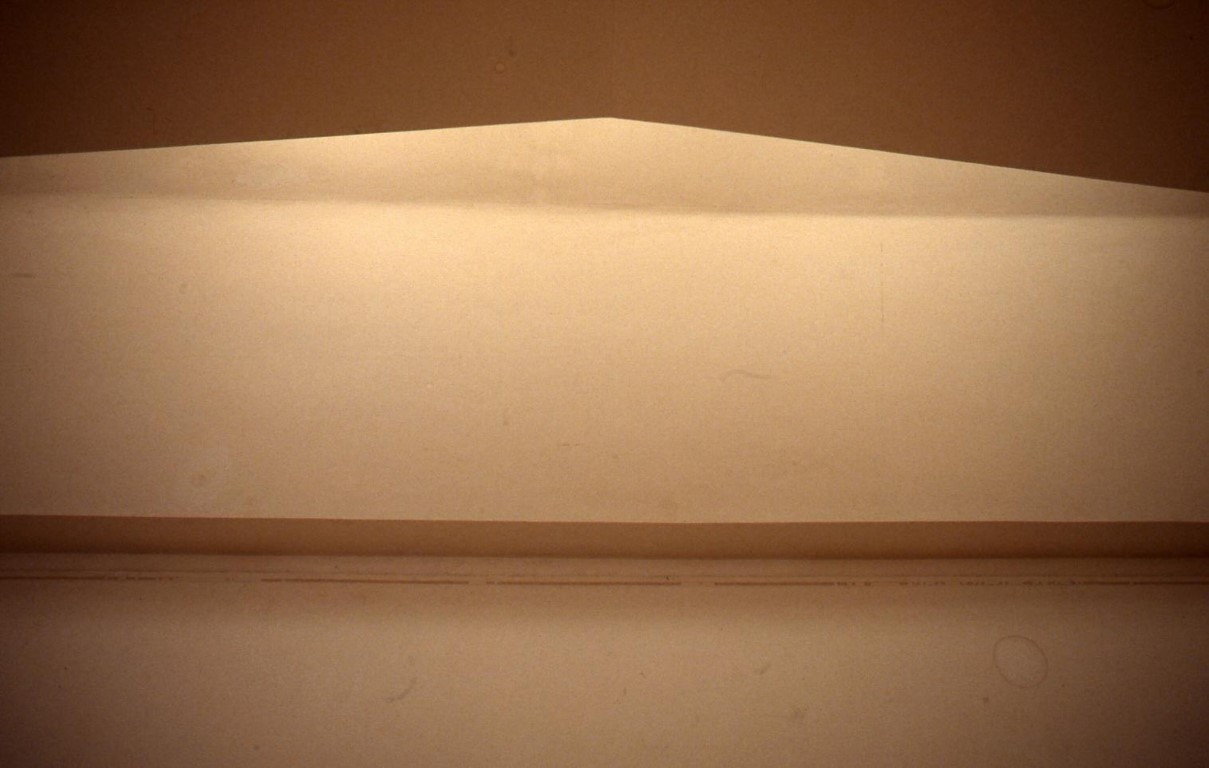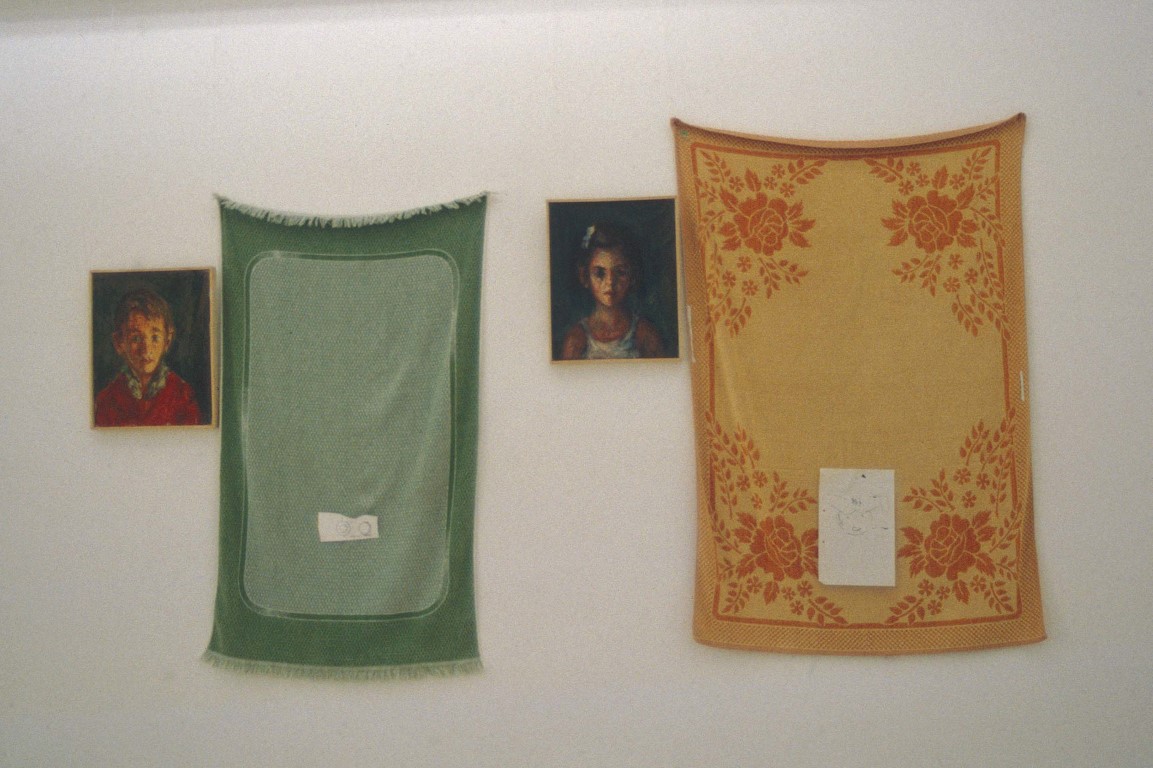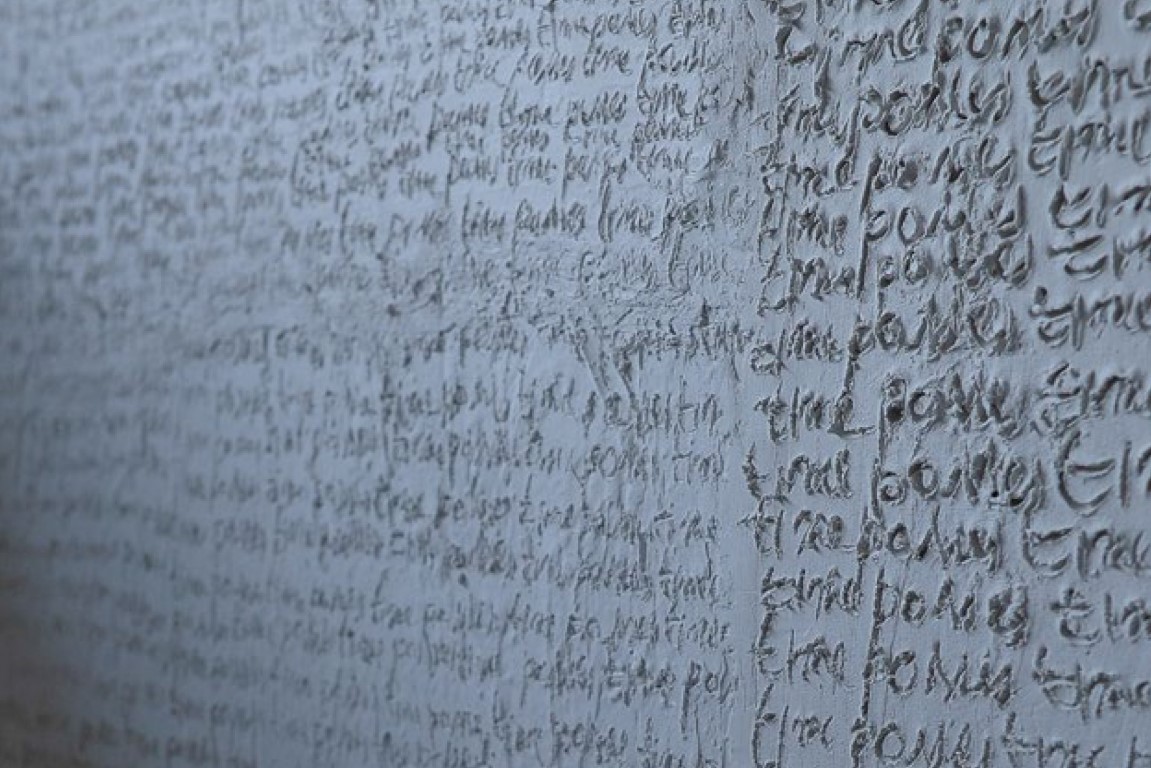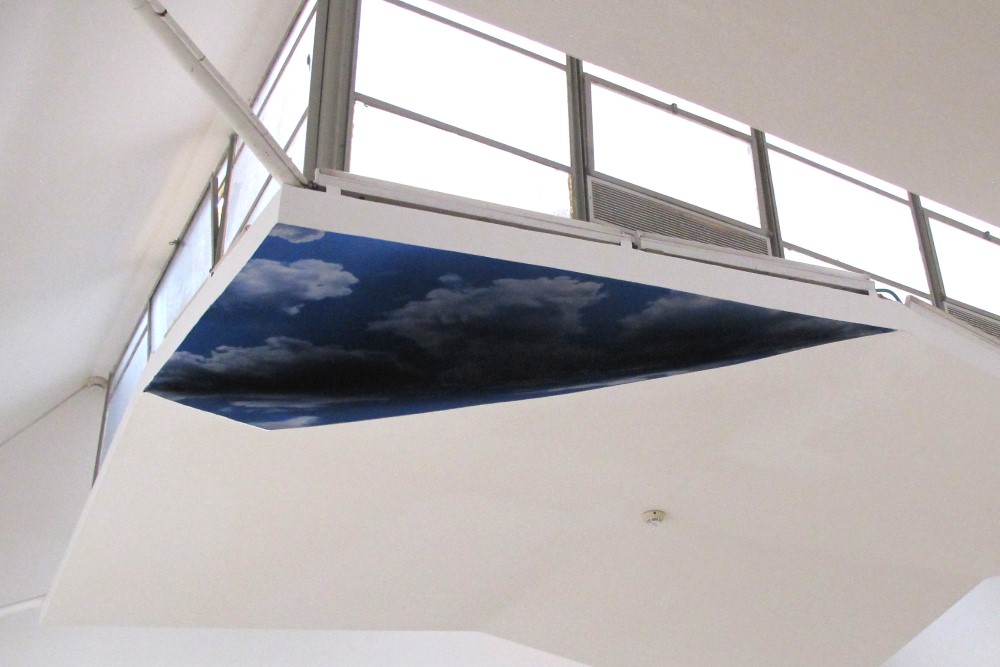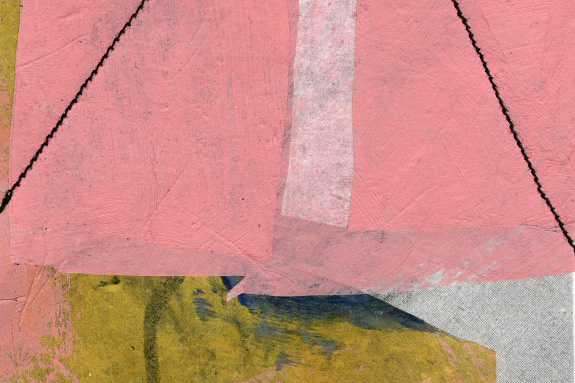14 Interpretations: Portrait of a Museum | Opening: 13.4.19
“14 Interpretations: Portrait of a Museum” is presented as part of the series of exhibitions celebrating the 80th anniversary of the Mishkan Museum of Art, Ein Harod, examining the Museum from within. In contrast to the retrospective character of the preceding exhibition, “Treasures of the Mishkan Museum of Art,” which focused on its Collections, the view of the Museum in the current exhibition is from a contemporary perspective, one seeking to present its concrete relevance and vitality through a varied range of voices.Examining the place of the museum as an artistic, cultural, and social institution that outlines a path, shapes consciousness, and generates an art canon, has for years made museums a source for numerous references by artists. The current exhibition can be placed on the same thematic continuum, since its clear focus is on the Mishkan Museum of Art, Ein Harod. The 14 artists invited to participate selected their own topic, accompanied by a process of study, research, and observation. The “quality of the museum” as determined by each artist, is reflected in each of the exhibits, accompanied by an artist’s statement, divided between display spaces and artist walls. Some of the works were created especially for this exhibition, while others are “restorations” of past exhibits; all depict different gazes at the Mishkan Museum of Art. Among the themes are its history, location, relations with the kibbutz community, figures associated with the Museum, the architecture of its light, its Collections, library, and the “Museum Book” published in 1970.
